While fast food isn’t the hamburger’s only venue, it was engineered for life on the go from the very first prototype.
According to the official hamburger creation story, as certified by the Library of Congress, the era began in 1900, when a customer rushed into Louis’ Lunch in New Haven, Connecticut. He needed some fast food he could grab and go, long before those terms had been coined. Louis Lassen, who’d opened the place five years earlier, served him a ground beef patty between two pieces of sliced bread, and the burger was born.
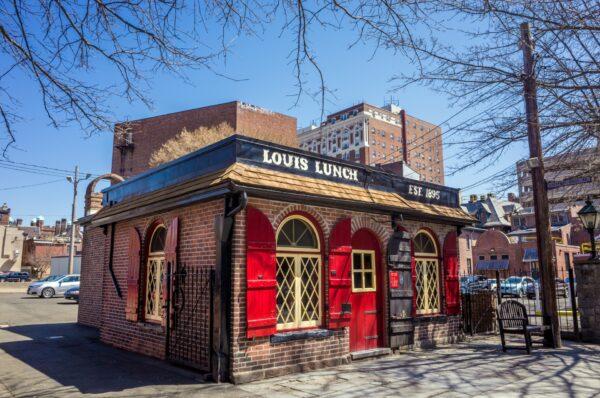
This hot, juicy, tender steak sandwich would find its way onto almost every restaurant menu in America, including some of the fanciest. But because the burger is at its best when eaten one-handed, it was the burger and not apple pie that built the drive-thru, just as Babe Ruth built Yankee Stadium.
Have It Your Way
Louis’ Lunch could have had the first-mover’s advantage in this growth industry, but opted for a simpler path. A sign on the wall announces, “This isn’t Burger King. You can’t have it your way.”The website explains this defiant approach: “We want you to experience the meat’s true flavor, so we serve it on white toast and only offer cheese, onion, and tomato as garnishes.” All the usual condiments, such as ketchup, mustard, mayo, and hot sauce, not to mention extras like pickles and lettuce, are forbidden.
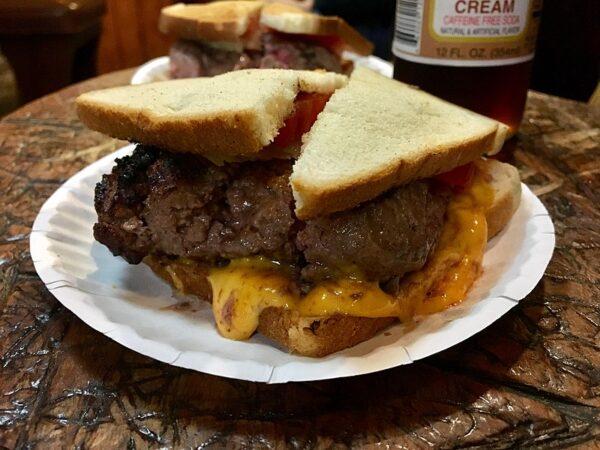
Call me too American, but I resonate with Burger King’s “have it your way” philosophy. And I am in awe of what the Big Mac accomplishes, at a squeezable 2.75-inches high, bringing together two all-beef patties, special sauce, lettuce, cheese, pickles, and onions on not one but three sesame seed buns, so that each bite contains all of the elements. It’s masterful.
But who am I to tell Louis’ Lunch to not do it their way? Inventing the burger has earned them that right. They have managed to stay in business for more than 120 years, too. And they even serve apple pie.
Rules of the Burger
Rule No. 1: The first rule of eating a hamburger is we don’t talk about eating, or anything else, while chewing our burgers. Along these lines, there is a good argument to be made that a burger is best eaten alone. Otherwise, see Rule No. 2.In 2010, Taiwanese dentists began sounding the alarm about an increase in jaw dislocations thanks to a hamburger arms race among Taipei burger joints, whose burgers were getting dangerously big.
I can almost relate. In the passionate pursuit of burger-y gastronomic pleasure, I have also struggled against my own anatomy to open my mouth wide enough to take a proper bite. I remember feeling the bones on the sides of my face roll by each other, almost past the point of no return, before I came to my senses and realized it wasn’t worth it.
While the Taiwanese dentists targeted fast-food restaurants, here in the United States, the threat of jaw dislocation by hamburger lurks closer to home. Handmade patties tend to be rounder and thicker than their commercial counterparts. And while fast food buns seem designed to melt away at first bite, some buns will add dangerous inches to your burger’s height.
That’s why I actually appreciate the sliced bread they use at Louis’ Lunch. The embrace of the bun has been a mistake, because bread slices do a great job without making your burger taller. A pair of chewy pieces of sourdough toast won’t wilt away and leave your hands full of burger mess like a flimsy fast-food bun might. Instead, those toasted slices can keep the contents contained and focused on your mouth.
But if such decisions are out of your hands, and your burger arrives dangerously tall, ask for it to be cut in half. This gives you entry points to bite that won’t send you to the emergency room with your mouth locked into a scream position. Louis’ Lunch, to its credit, serves its burgers sliced in half. If only they had aioli.
Instead, apply a modest amount of whatever condiment you need with surgical precision to the area you are about to bite. Maybe you dab some mayo with a spoon, spurt some hot or hoisin sauce, or dip the corner of the burger into a dish of aioli. Always ask if they have aioli.
And always sip wine as you chew, not beer. A hamburger’s greatness lies in being a perfectly embellished hot steak sandwich, and if anything demands wine, it’s steak.

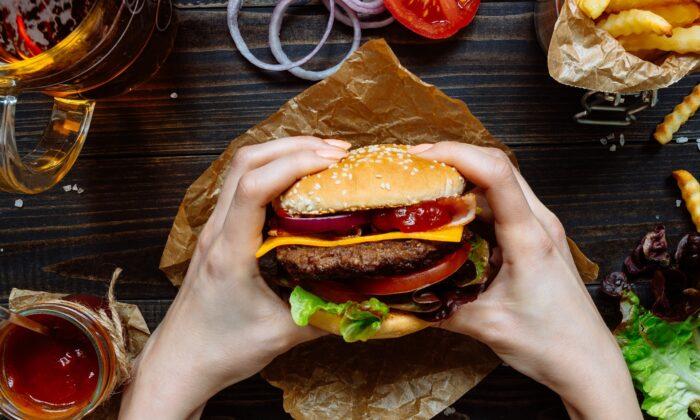


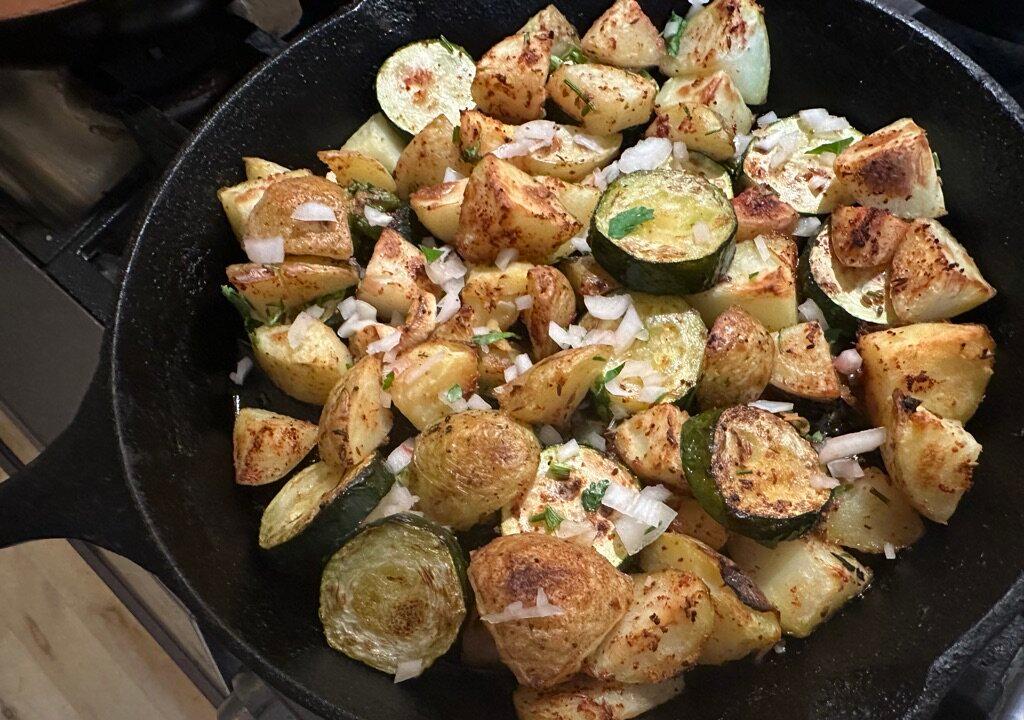
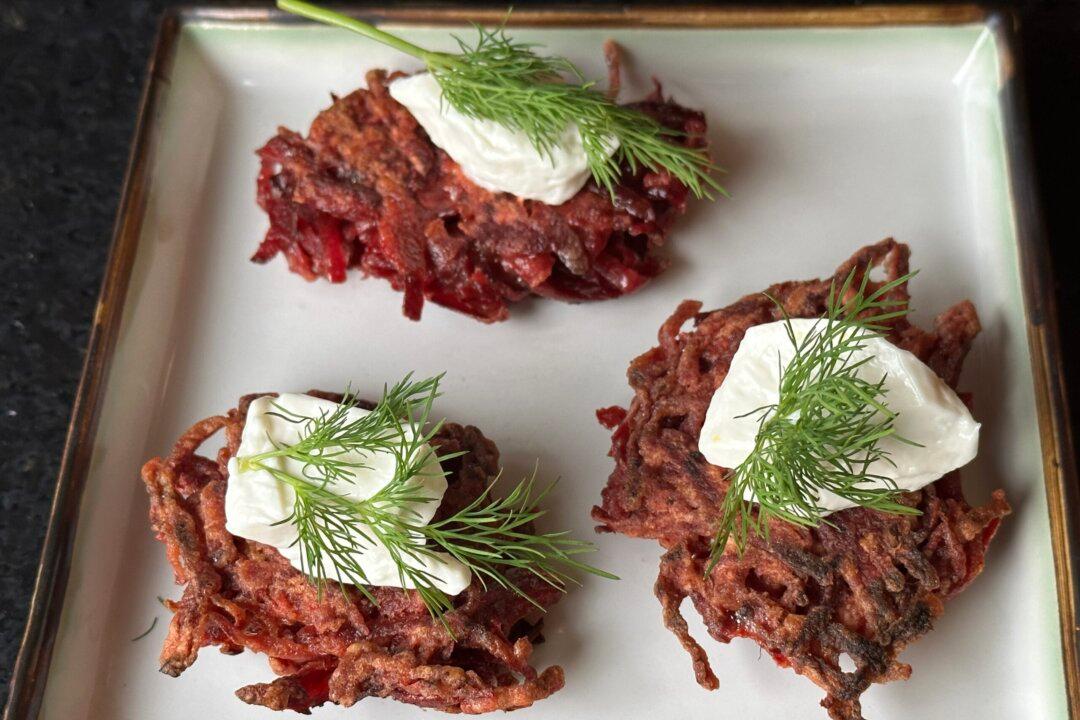
Friends Read Free